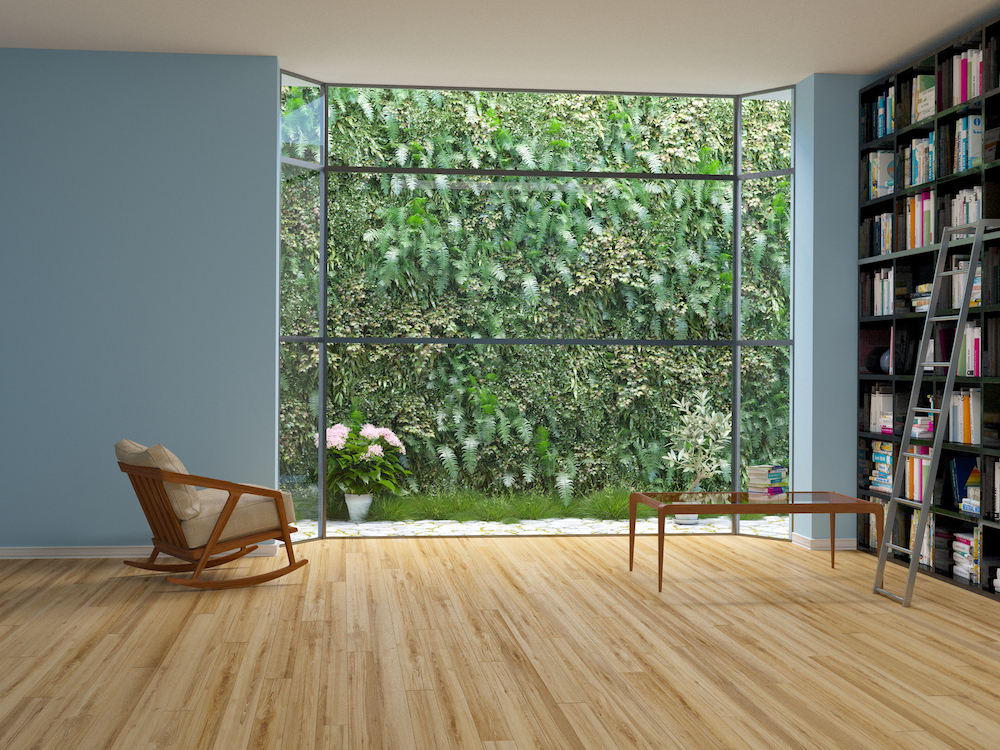- Energy-efficient upgrades to HVAC systems at schools and other critical buildings can prevent the spread of COVID-19.
- Federal funding and tax incentives to make these building upgrades could catalyze a market already projected for growth.
- The EU has already embraced building upgrades as part of the European Green Deal framework in its recovery package.
What do climate change, COVID-19, and your air conditioner have in common? As it turns out, a lot.
With any virus, the “aerosol effect” — how long contagious droplets of the virus stay in the air or on a surface after an infected person talks, sneezes or coughs — is a risk. Scientists have been studying the aerosol effect of COVID-19 since the pandemic began, and while there are still unanswered questions, the research completed to date indicates that the coronavirus is more likely to survive and be transmitted in poorly-ventilated spaces — which include 41% of public schools in the U.S.
That’s where the unexpected but critical connection to climate change comes in.
“We’re often talking about HVAC [heating, ventilation, and air conditioning] in a way that’s mostly focused on energy efficiency — that’s a big energy user in a building, and a big place to save energy as well — but the HVAC system also controls ventilation,” said Liz Beardsley, senior policy counsel at the U.S. Green Building Council (USGBC), in an interview with Karma. “People are now making that connection between indoor air quality and how we’re going to function in the post-pandemic world.”
The USGBC manages LEED certifications for new and renovated buildings; for years, they have advocated for federal funding for greener and cleaner building upgrades, including HVAC systems, as a sustainability measure and an economically sound one. Even though the pandemic has halted many construction projects, the $248 billion green building materials market is still projected to more than double by 2027.
Now, the USGBC and other green building councils around the world are adding LEED credits for COVID-specific upgrades and pushing for relief and recovery funds for green renovations that control the spread of the virus indoors. The U.S. House of Representatives passed a relief package in July included, among other green provisions, $100 billion for school building renovations, including HVACs and also sink upgrades for improved hand-washing, and up to $6 billion in rebates for homeowners that upgrade their HVACs and insulation. While that legislation is currently mired in a standoff between Congress and the White House, a coalition of energy efficiency organizations, including USGBC, is looking at other funding tools.
“You can leverage private finance to invest in critical facilities like hospitals, local government buildings, and schools to make them more virus-resilient as well as energy-efficient,” said Beardsley, who noted that the savings on reduced energy bills can be put toward funding some of those contracts.
Other countries are authorizing similar funding. Nearly one-third of the EU’s €750 billion coronavirus recovery package was earmarked for green upgrades, including the building and renovation changes outlined in the European Green Deal.
Joel Jager, a researcher at the World Resources Institute, flagged the economic impact of those upgrades in a recent blog post: “Investing in energy efficiency in the EU and elsewhere creates 2.3 times more jobs per dollar than investing in fossil fuels…investing in building efficiency could help the construction sector rebound, while also offering electricity savings to the hard-hit hospitality sector.”






















